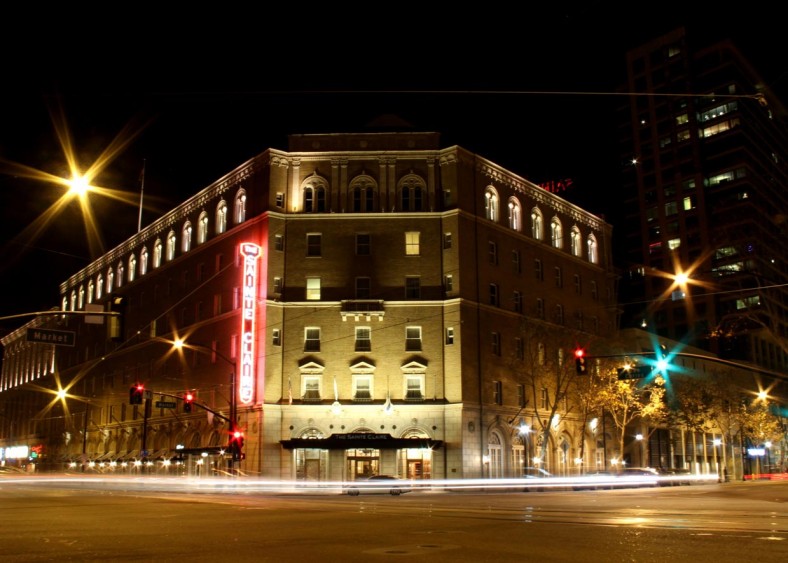According to city officials, San Jose’s street light retrofitting project is the largest in the country.
Judging by the numbers shared, it’s hard to argue against the case they’re making.
The city has begun the arduous task of changing some 18,000 streetlamps (which still use 1970s technology) with LED lights. Early estimates indicate the technology conversion will cut the city’s energy costs by more than half.

Han Larson, director of San Jose’s Department of Transportation, said employees and local residents tested several different LED light tones, ranging from yellow to blue, to determine what the standard for the city should be.
“What was selected — I love this — it matched the glow of the moon, and that’s what we have in San Jose,” Larson said. “So not only do we have the smartest lights in the world but perhaps the most romantic ones, too.”
The LEDs that San Jose will be using are brighter, can be dimmed and monitored remotely, and will use about 60% less electricity than the existing low-pressure and high-pressure sodium lights that are presently in place.
Worth noting is that the 18,000 streetlights being converted do not cover the entire city — there are actually 63,000 lamps in San Jose. The goal is to update 23,000 by 2016 according to transportation spokesman Steven Brewster. He added that 6,000 of the sodium lights have already been converted to LED.
Dave Baldwin, direct of the energy management for OpTerra Energy Services, the company tasked with installing the new lights, said the sodium lights still in use are on all the time all night long and cannot be adjusted. Walter Lin, energy manager for the city’s Department of Public Works, said San Jose will be the first US city to have LED lights with dimmers controlled from a central office. He said this is an important feature because while LED lights are smaller, they emit light at a higher intensity while using less energy, and they use even less power when dimmed (like, say, when the sun is setting at night or rising in the morning).
In terms of additional benefits, city officials are estimating millions of dollars in savings, a significant reduction in carbon emissions, and a general lifespan per lamp of about 50,000 hours (compared to 20,000 hours for their sodium counterparts).
The project is expected to cost about $10.5 million though once they’re in place, public utility PG&E will provide the city with about $900,000 in rebates from state funds allocated to encourage energy efficiency.
Via SFBay.ca
Advertisement
Learn more about Electronic Products Magazine





